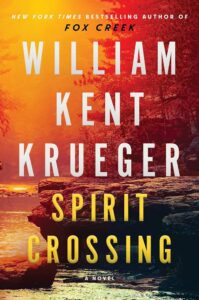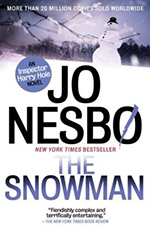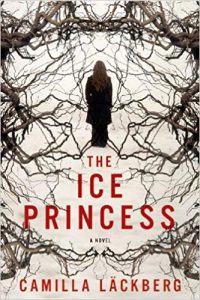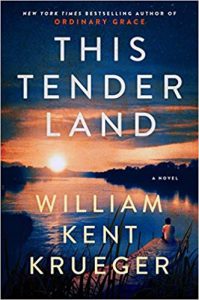William Kent Krueger: Spirit Crossing
Cork O’Connor #20
 I have read every Cork O’Connor book to date, and it’s a series that’s managed to stay fresh and entertaining through it’s now long (and classic) run. The books follow Cork as sheriff in Aurora, Minnesota, as he raises his family, loses his wife, remarries, and leaves law enforcement and becomes a private investigator. However, I don’t think of these books as P.I. novels. I think of them primarily as family novels. I think the combination of Cork’s family story and the action and mystery Krueger brings to the table make these appealing to both male and female readers, something not always true in mystery novels, which tend to skew toward one gender or another in terms of readership.
I have read every Cork O’Connor book to date, and it’s a series that’s managed to stay fresh and entertaining through it’s now long (and classic) run. The books follow Cork as sheriff in Aurora, Minnesota, as he raises his family, loses his wife, remarries, and leaves law enforcement and becomes a private investigator. However, I don’t think of these books as P.I. novels. I think of them primarily as family novels. I think the combination of Cork’s family story and the action and mystery Krueger brings to the table make these appealing to both male and female readers, something not always true in mystery novels, which tend to skew toward one gender or another in terms of readership.


